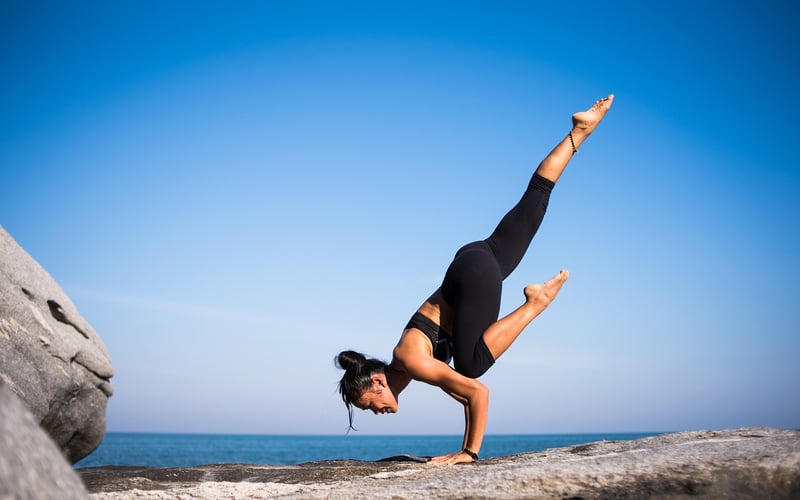Balance Exercises
#Tai Chi
#Qi Gong
#Martial Arts
Flowing Movements for Balance
Balance is a crucial aspect of overall health and well-being. By incorporating flowing movements into your routine, you can improve your balance, stability, and coordination. These exercises are not only beneficial for physical health but also for mental focus and mindfulness.
Benefits of Flowing Movements
- Enhanced balance and stability
- Improved coordination and flexibility
- Increased core strength
- Mind-body connection and mindfulness
- Reduced stress and anxiety
Flowing Movement Exercises for Balance
Here are some flowing movement exercises you can incorporate into your daily routine:
- Tree Pose: Stand on one leg and bring the sole of your other foot to your inner thigh or calf. Extend your arms overhead like branches of a tree.
- Warrior III: Stand on one leg, hinge at the hips, and extend the other leg straight back. Reach your arms forward for balance.
- Dancer's Pose: Stand on one leg, bend the other knee, and hold the ankle behind you. Reach the opposite arm forward for balance.
- Single-Leg Deadlift: Stand on one leg, hinge at the hips, and lower your torso while extending the other leg straight back. Return to the starting position.
- Flowing Tai Chi Movements: Practice Tai Chi movements that emphasize flowing transitions and shifts of weight to improve balance and coordination.
Tips for Practicing Flowing Movements
- Start slowly and focus on your form and balance.
- Engage your core muscles for stability.
- Keep a soft gaze or focus point to help with balance.
- Breathe deeply and rhythmically throughout the movements.
- Listen to your body and modify exercises as needed.
By incorporating these flowing movements into your routine, you can enhance your balance, stability, and overall well-being. Remember to listen to your body, stay consistent, and enjoy the process of improving your balance through mindful movement.

For more information on balance exercises and wellness tips, visit Healthline.
